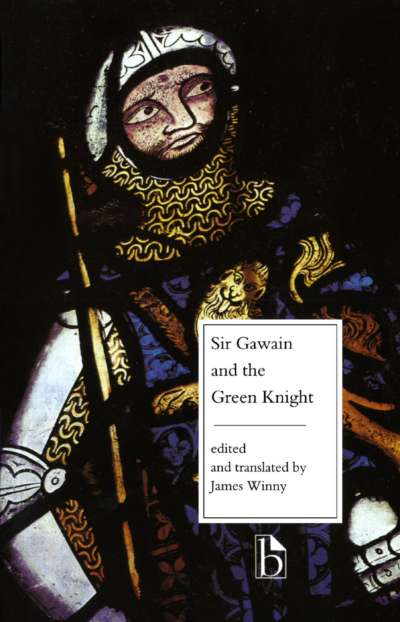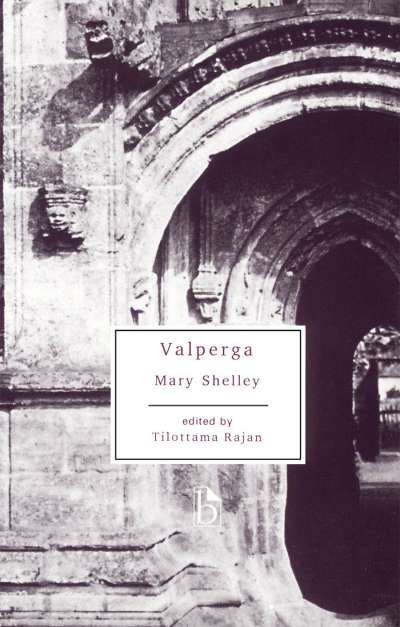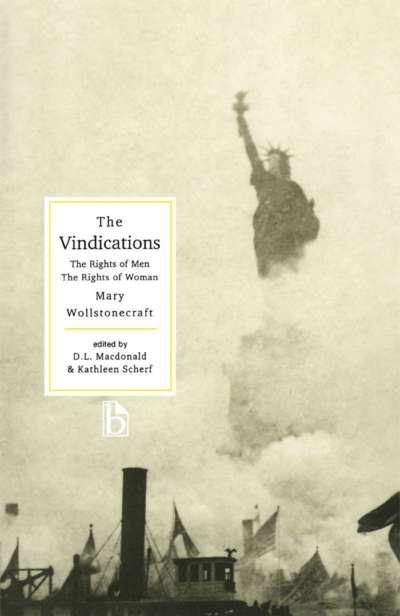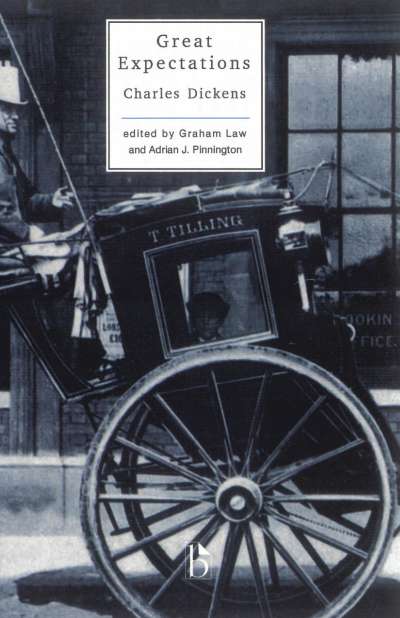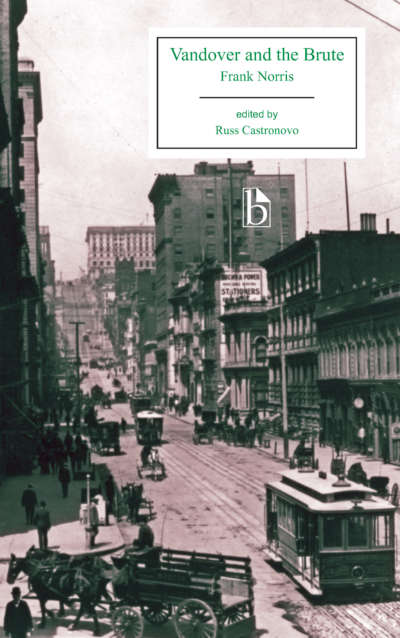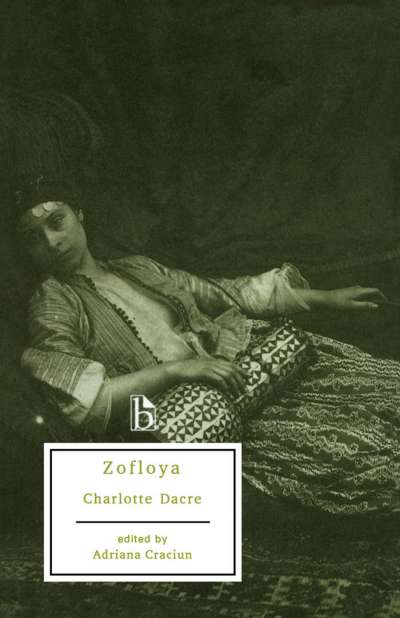George Gissing’s The Odd Women dramatizes key issues relating to class and gender in late-Victorian culture: the changing relationship between the sexes, the social impact of ‘odd’ or ‘redundant’ women, the cultural impact of ‘the new woman,’ and the opportunities for and conditions of employment in the expanding service sector of the economy. At the heart of these issues as many late Victorians saw them was a problem of the imbalance in the ratio of men to women in the population. There were more females than males, which meant that more and more women would be left unmarried; they would be ‘odd’ or ‘redundant,’ and would be forced to be independent and to find work to support themselves. In the Broadview edition, Gissing’s text is carefully annotated and accompanied by a range of documents from the period that help to lay out the context in which the book was written.
In Gissing’s story, Virginia Madden and her two sisters are confronted upon the death of their father with sudden impoverishment. Without training for employment, and desperate to maintain middle-class respectability, they face a daunting struggle. In Rhoda Nunn, a strong feminist, Gissing also presents a strong character who draws attention overtly to the issues behind the novel. The Odd Women is one of the most important social novels of the late nineteenth century.
Comments
“When it comes to the complexities of everyday life in late-Victorian London, there is no better guide than Gissing and no better Gissing than The Odd Women. And now, in Arlene Young’s carefully edited and annotated edition, we have the definitive guide to Gissing’s novel. Students will also find the historical documents gathered in this volume an invaluable resource in the study of the “woman question” and the sociology of work in the 1890s.” — Stephen Arata, University of Virginia
“Broadview’s enterprise is especially welcome in the case of The Odd Women, Gissing’s second most commonly studied novel. [This edition] deserves to become the text of choice for teachers—especially given its modest price.” — The Gissing Journal
Acknowledgements
Introduction
A Note on the Text
George Gissing: A Brief Chronology
The Odd Women
Appendix A: Contemporary Reviews
- Glasgow Herald 20 April 1893
- Saturday Review 29 April 1893
- Athenaeum 27 May 1893
- Pall Mall Gazette 29 May 1893
- Nation (New York) 13 July 1893
- Illustrated London News (Clementia Black) 5 August 1893
Appendix B: Attitudes Towards Women and Marriage in Victorian Culture
- Sarah Ellis, from The Daughters of England (1842)
- Alfred Lord Tennyson, from The Princess (1847)
- Coventry Patmore, from The Angel in the House: “The Rose of the World” (1854)
- Thomas Henry Huxley, from “Emancipation—Black and White,” Reader (20 May 1865)
- John Ruskin, from “Of Queens’ Gardens,” in Sesame and Lilies (1865)
- John Stuart Mill, from The Subjection of Women (1869)
- Mona Caird, from “Marriage,” Westminster Review (1888)
Appendix C: Debate over the “Woman Question”
- Grant Allen, from “Plain Words on the Woman Question,” Fortnightly Review (October 1889)
- Bernard Shaw, from “The Womanly Woman,” The Quintessence of Ibsenism (1891)
- Eliza Lynn Linton, from “The Wild Women: As Politicians,” Nineteenth Century (July 1891)
- Eliza Lynn Linton, from “The Wild Women: As Insurgents,” Nineteenth Century (October 1891)
- Mona Caird, “A Defense of the So-Called ‘Wild Women’,” Nineteenth Century (May 1891)
- From “Character Note: The New Woman” Cornhill Magazine (October 1894)
- Nat Arling, “What is the Role of the ‘New Woman?’” Westminster Review (November 1898)
Appendix D: Women and Paid Employment: The Limitations of Aspirations and the Actualities
- Charlotte Brontë, from Shirley (1849)
- From “The Disputed Question,” English Woman’s Journal (August 1858)
- Evelyn March Phillips, from “The Working Lady in London,” Fortnightly Review (August 1892)
- Clara Collet, from “The Employment of Women,” Report to the Royal Commission on Labour (1893)
- Frances H. Low, from “How Poor Ladies Live,” Nineteenth Century (March 1897)
- Eliza Orme, from “How Poor Ladies Live: A Reply,” Nineteenth Century (April 1897)
Appendix E: Conditions of Work for Men in the White-Collar Sector
- James Fitzjames Stephen, from “Gentlemen” Cornhill Magazine (March 1862)
- B.O. Orchard, from The Clerks of Liverpool (1871)
- Charles Edward Parsons, from Clerks: their Position and Advancement (1876)
- Thomas Sutherst, from Death and Disease Behind the Counter (1884)
- H.G. Wells, from Kipps (1905)
- H.G. Wells, from Experiment in Autobiography (1934)
Appendix F: Map of London (1892)
Selected Bibliography
Arlene Young is Assistant Professor in the Department of English at the University of Manitoba. Since receiving her PhD from Cornell University she has published widely on British and American nineteenth-century fiction.


